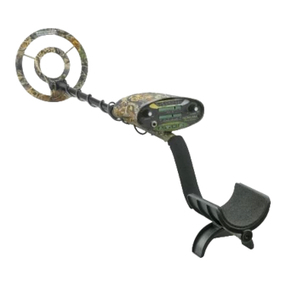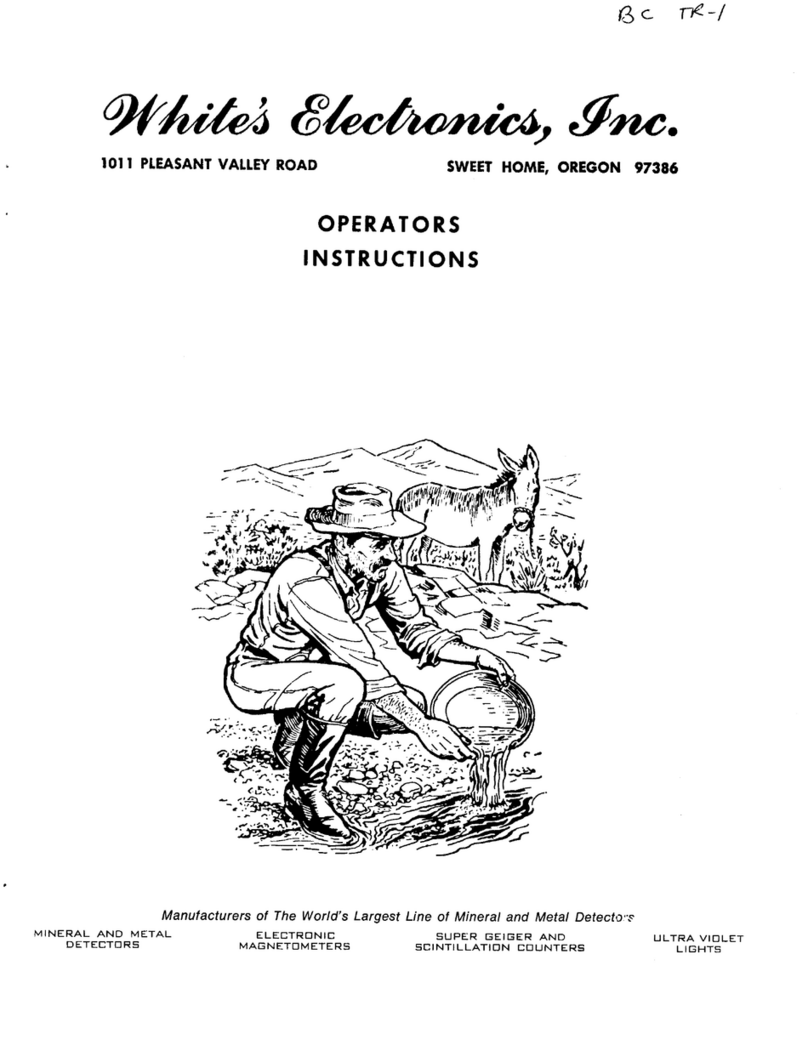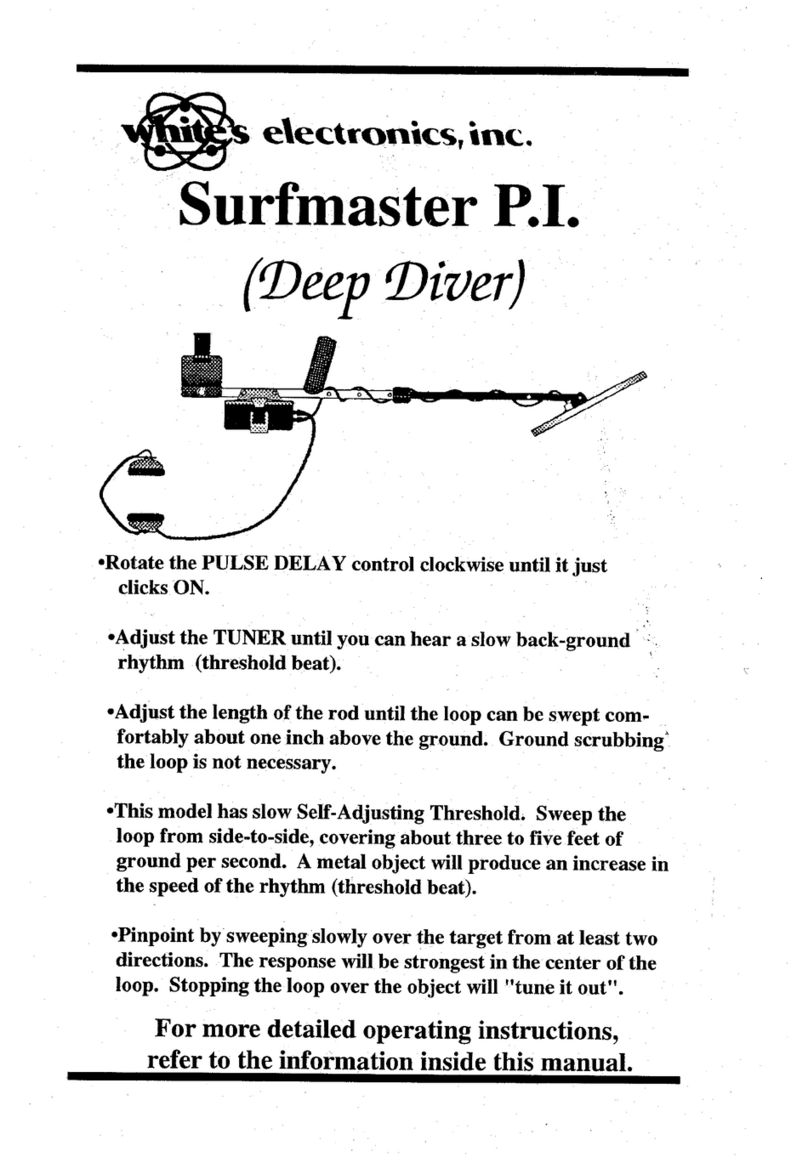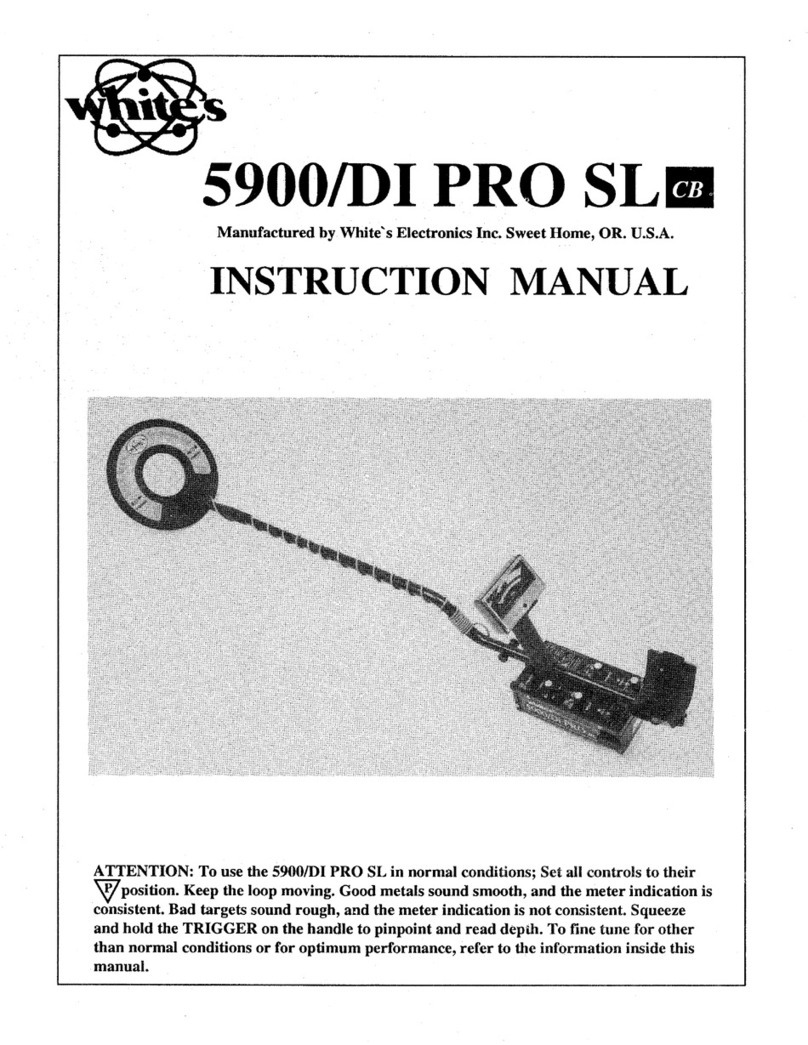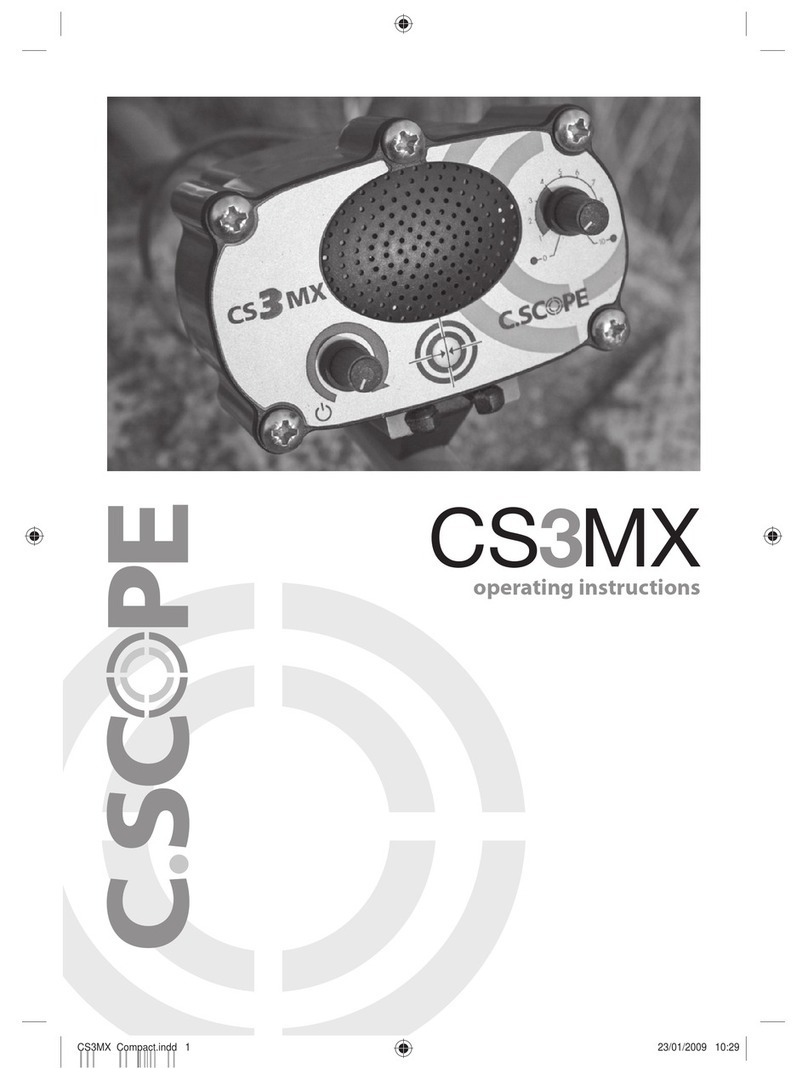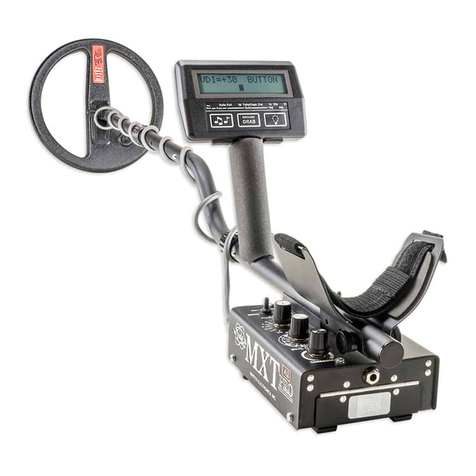Bounty Hunter Fast Tracker User manual








Other manuals for Fast Tracker
2
Table of contents
Other Bounty Hunter Metal Detector manuals
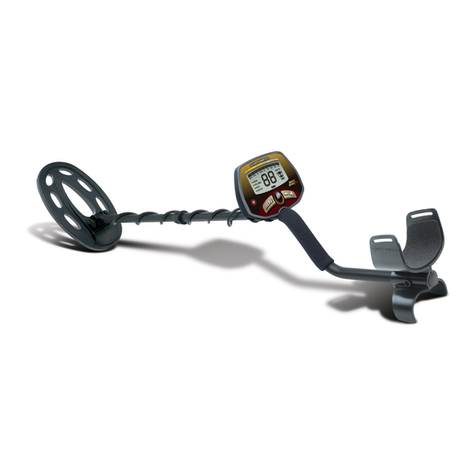
Bounty Hunter
Bounty Hunter Quick Draw User manual

Bounty Hunter
Bounty Hunter Land Star User manual
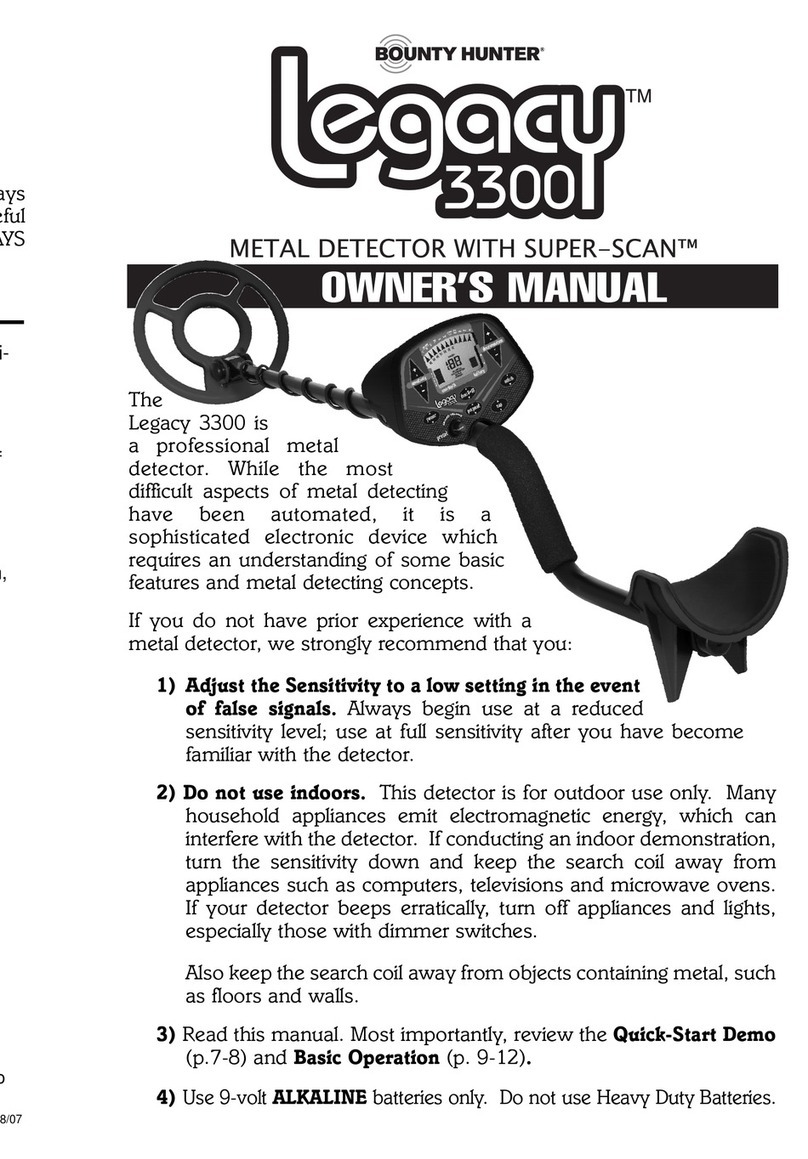
Bounty Hunter
Bounty Hunter LEGACY 3300 User manual

Bounty Hunter
Bounty Hunter Gold User manual

Bounty Hunter
Bounty Hunter Lone Star User manual
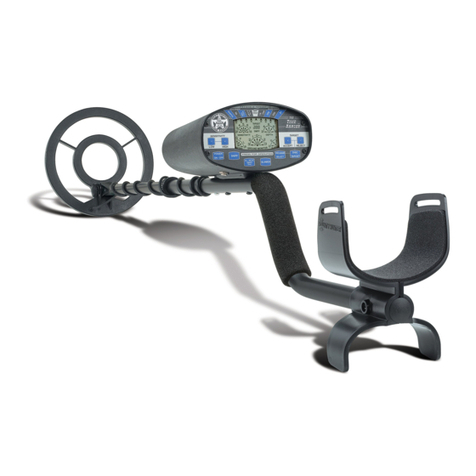
Bounty Hunter
Bounty Hunter Time Ranger User manual

Bounty Hunter
Bounty Hunter Fortune Hunter User manual

Bounty Hunter
Bounty Hunter Snooper 2 User manual

Bounty Hunter
Bounty Hunter Land Ranger User manual

Bounty Hunter
Bounty Hunter Gold User manual

Bounty Hunter
Bounty Hunter Land Star User manual
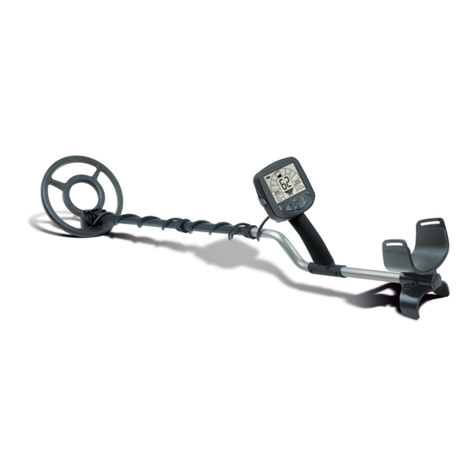
Bounty Hunter
Bounty Hunter Platinum User manual

Bounty Hunter
Bounty Hunter PIONEER 505 User manual

Bounty Hunter
Bounty Hunter The Guardian User manual
Bounty Hunter
Bounty Hunter Fast Tracker User manual

Bounty Hunter
Bounty Hunter pioneer 101 User manual
Bounty Hunter
Bounty Hunter Tracker II User manual

Bounty Hunter
Bounty Hunter Camo-LS User manual
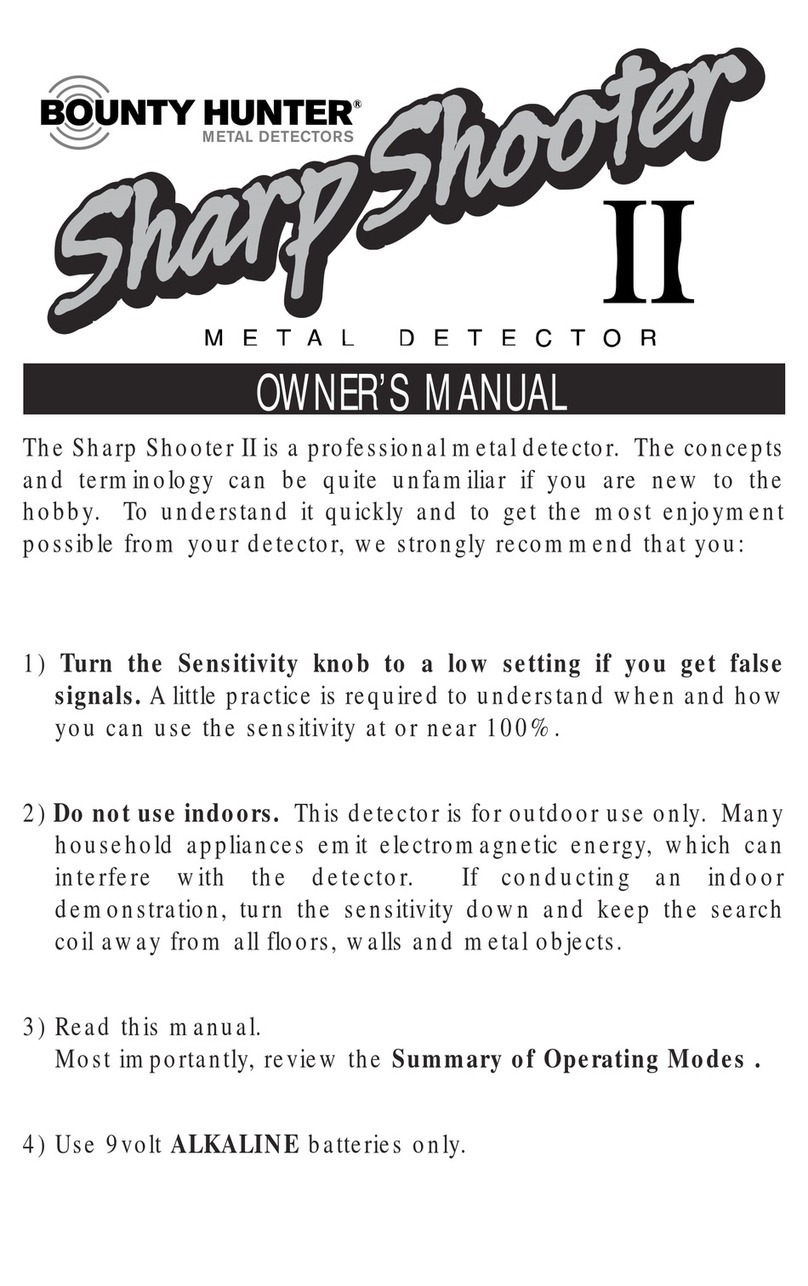
Bounty Hunter
Bounty Hunter Sharp Shooter II User manual

Bounty Hunter
Bounty Hunter VLF User manual
Popular Metal Detector manuals by other brands

White’s Electronics
White’s Electronics M-59 Treasure Master Operator instructions
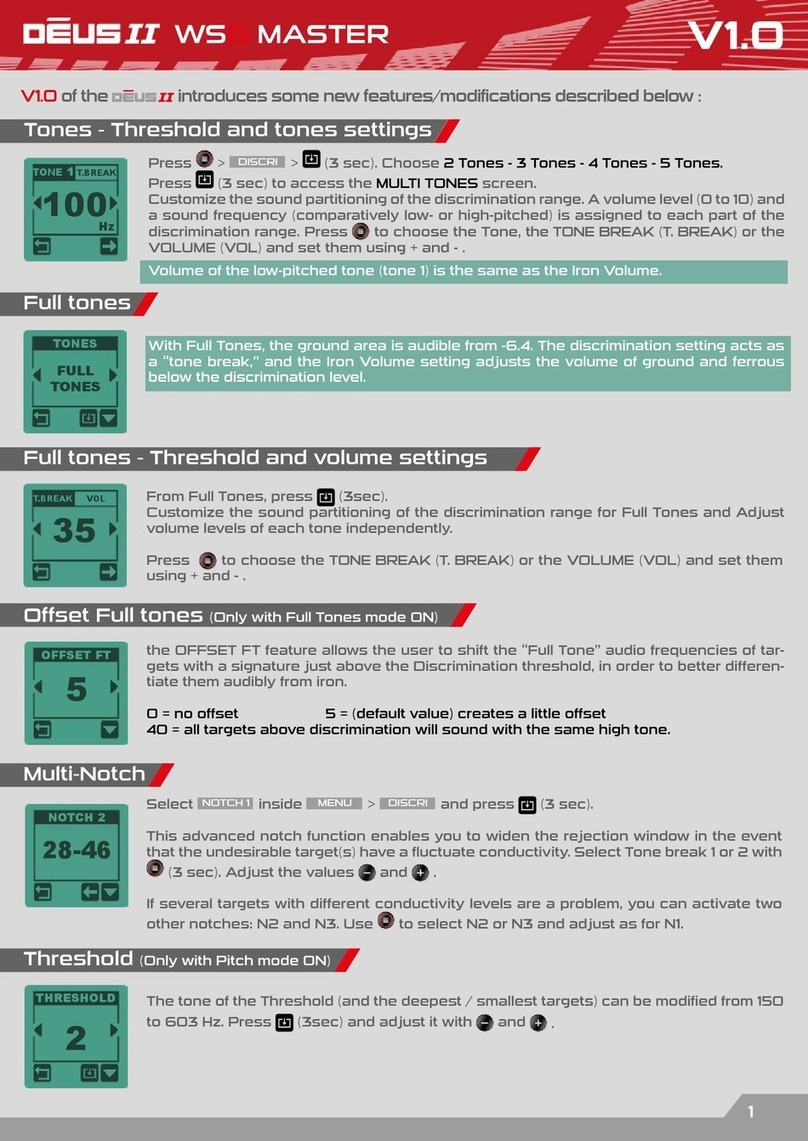
XP Metal Detectors
XP Metal Detectors DEUS II WS6 MASTER quick start guide

Garrett
Garrett AT Pro INTERNATIONAL owner's manual
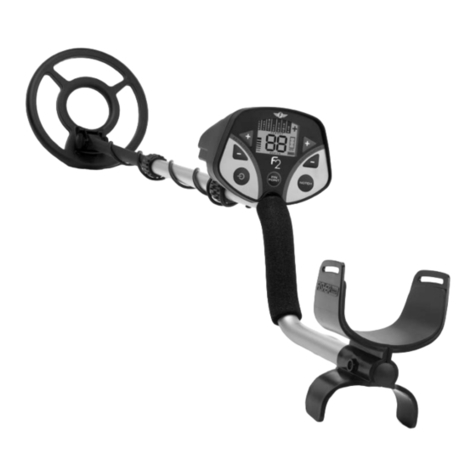
Fisher
Fisher F2 operating manual

Fisher Labs
Fisher Labs M-97 operating manual

White’s Electronics
White’s Electronics Coin Master PRO user manual
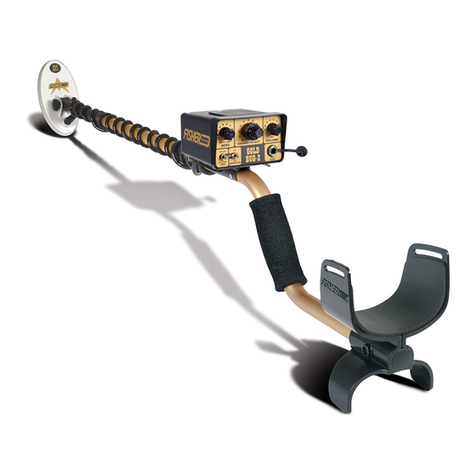
Fisher
Fisher M-Scope Gold Bug 2 operating manual
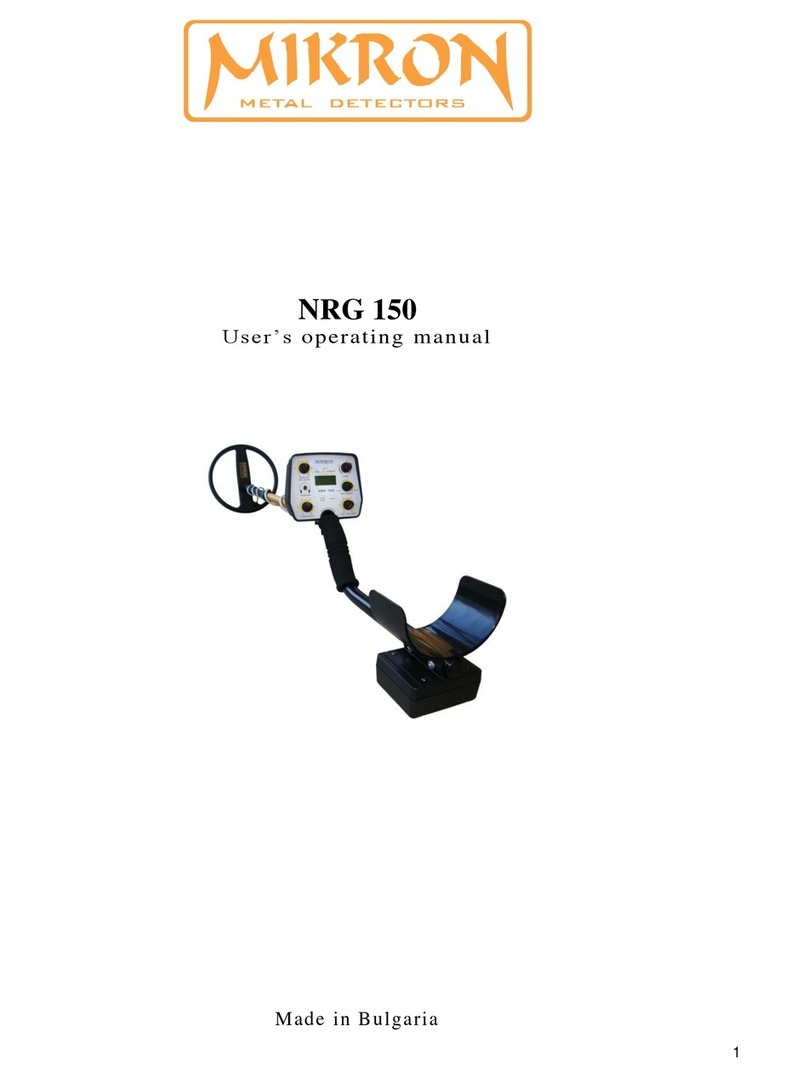
Mikron
Mikron NRG 150 User's operating manual
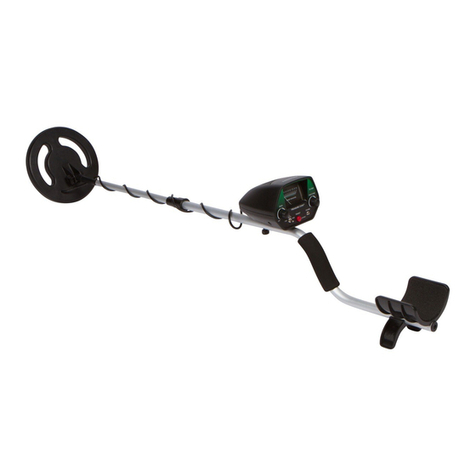
Treasure Cove
Treasure Cove Fortune Finder 1020 owner's manual
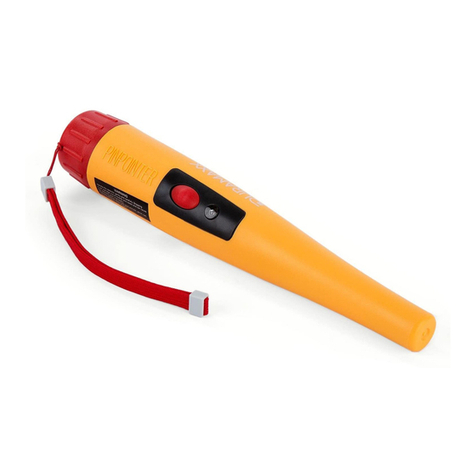
Duramaxx
Duramaxx KT-Powerpoint manual

White’s Electronics
White’s Electronics Surf Master Operator instructions

Fisher
Fisher M-Scope M-101 operating manual

